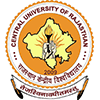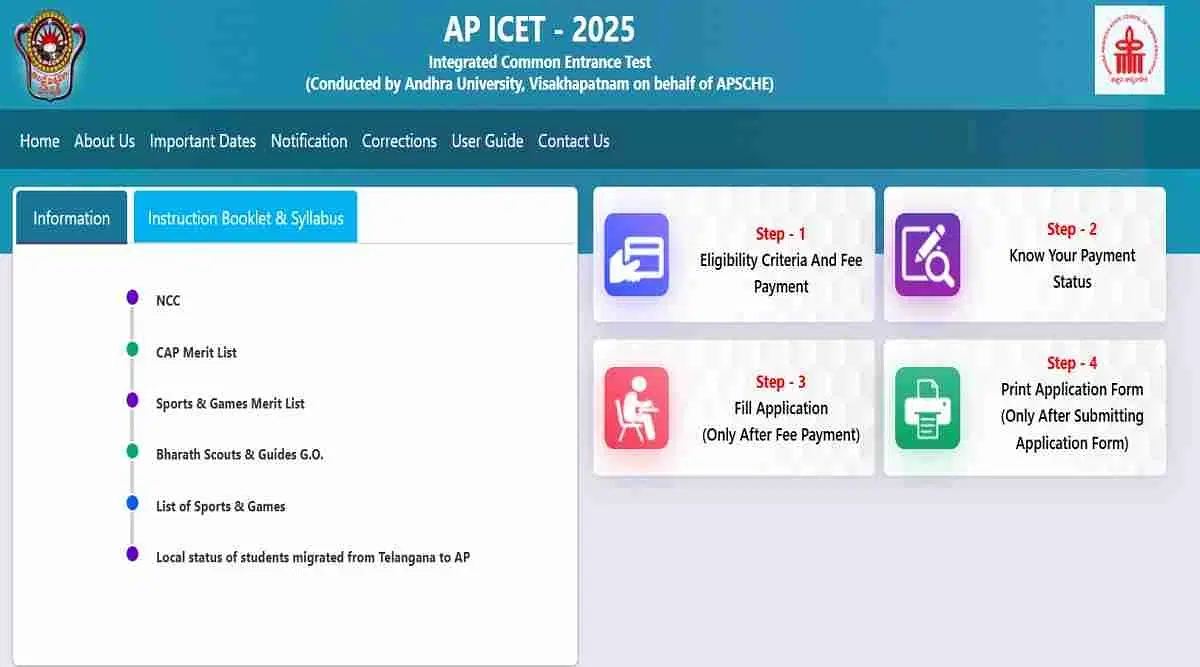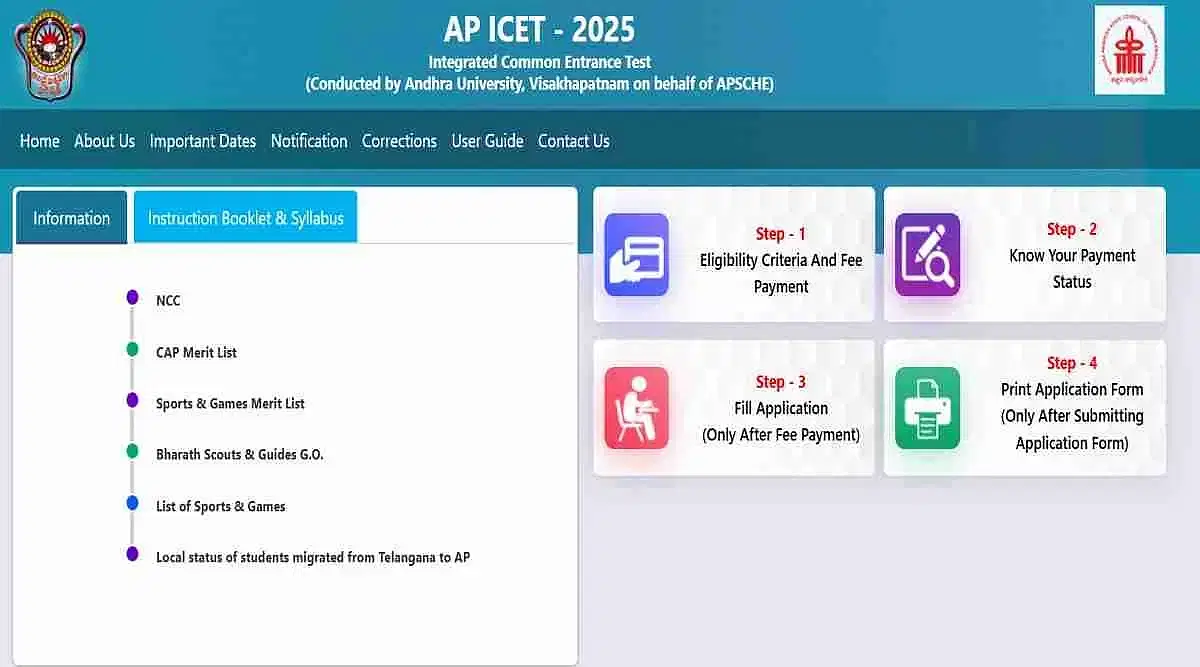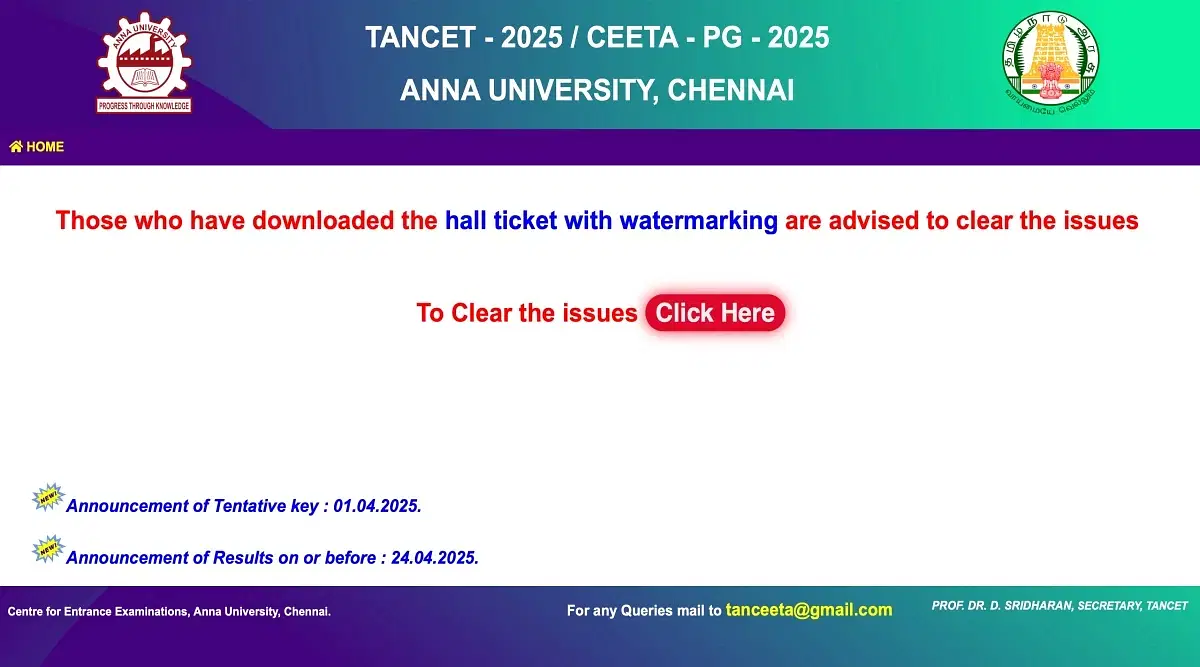CAT vs IIFT have some similarities and differences but both are entrance exams to be written to enter into prestigious management institutions in the country. The students can choose which is the best by checking the syllabus, exam pattern and more.
Table of Contents
CAT vs IIFT is a comparison that every management aspirant does before appearing for or even beginning management entrance exam preparations. Both CAT and IIFT being two of the most popular management entrance exams in the country, students are often confused as to which exam will be better for their career.
Although both these exams are entrance exams for admission to MBA programs, there are quite a few points of difference that make both of these highly taken exams miles apart. The article provides a detailed comparison between CAT vs IIFT to help you make an informed decision.
CAT vs IIFT: Overview
Both CAT and IIFT have a basic similarity, in that they are both entrance exams that test a student’s ability and skills regarding particular subjects and topics which ultimately enable the management institutes to sort out which candidate is more suited for an MBA program in their institute. A description of both the exams is given below.
CAT
The Common Admission Test or CAT is a computer-based exam that assesses a candidate’s verbal, reading, and comprehension ability in English, quantitative ability, logical reasoning, and knowledge of data interpretation. It is conducted by the Indian Institutes of Management (IIMs) and is a national-level entrance exam for management aspirants to help them pursue admission primarily in the IIMs and other business schools in India.
IIFT
The Indian Institute of Foreign Trade or IIFT is an autonomous institute that has its own entrance exam of the same name (IIFT exam) for admissions only to its flagship MBA program i.e., MBA in International Business. The IIFT exam is conducted by the National Testing Agency (NTA) on the behalf of IIFT and occurs once a year during the last quarter. IIFT exam tests a candidate’s verbal, reading and comprehension, quantitative, logical, and data interpretation abilities, and general awareness.
CAT vs IIFT: Differences
The major differences between CAT vs IIFT exams help candidates choose which among them they want to appear for when going for b-school admissions. The critical differences between these two national-level entrance exams are as follows:
| Particulars | CAT | IIFT |
| Number of Questions | 100 questions in total, divided into 3 sections | 110 questions in total, divided into 4 sections |
| Sectional Time Limit | 40 minutes are allotted for each section | No sectional time limit |
| Sections | Verbal Ability and Reading Comprehension (VARC), Data Interpretation and Logical Reasoning (DILR), Quantitative Ability(QA) | Verbal Ability and Reading Comprehension (VARC), Data Interpretation and Logical Reasoning (DILR), Quantitative Ability (QA), General Knowledge and Awareness (GK) |
| Test Fee | INR 2,000 | INR 2,500 |
| Acceptance | Accepted for B-school admissions only in India | Accepted only by IIFT Delhi, IIFT Kolkata, IIFT Kakinada |
| Marking Scheme | 3 marks are awarded for each correct answer | 3 marks are awarded for each correct answer in the first 3 sections |
| 1 mark is deducted for each incorrect answer | 1.5 marks are awarded for each correct answer in the fourth section | |
| 1/3 mark is deducted for each incorrect answer |
CAT vs IIFT: Exam Pattern
Although the exam pattern and structure of both the CAT and IIFT exam is the same, there are subtle differences between them in terms of topics covered, level of difficulty, areas assessed, number of questions, etc.
- IIFT exam is conducted for the selection of candidates only for the MBA program specializing in international/global business whereas CAT is an exam taken by candidates who want to pursue an MBA regardless of the specialization they choose, later on, thus it can be safely concluded that this difference of objective, which is essentially what makes students choose between either of the two exams, will reflect in the exam pattern of both these examinations.
- The major difference in the structure of CAT vs IIFT is the inclusion of the General Knowledge and Awareness section and the slight difference in the marking scheme which is also a result of the addition of the GK section in the IIFT exam.
- Some other differences between the two exams are regarding the reading section which is more fact-based and focuses more on a candidate’s vocabulary for the IIFT exam making it slightly more difficult than that of CAT, and the logical reasoning and data interpretation section of IIFT focuses more on calculation as opposed to CAT where this particular section is lengthy rather than being calculation intensive.
Syllabus for CAT and IIFT
The topics covered in the first 3 sections of CAT and IIFT are quite similar with the fourth section in the IIFT exam being the major differentiator. The topics covered by both these exams are given below:
| IIFT | CAT | |||||
| VARC | LRDI | QA | GK | VARC | LRDI | QA |
| Analogies | Bar Graph | Allegation & Mixtures | Awards | Analogies | Bar Graphs | Algebra |
| Critical Reasoning | Caselets | Arithmetic progression | Banking | Antonyms | Binary Logic | Averages |
| Figures of speech | Coding-Decoding | Geometric Progression | Business | Contextual usage | Blood Relations | Geometric Progression |
| Fill in the blanks | Comparisons | Geometry (Lines, angles, Triangles, Spheres, Rectangles, Cube, Cone, etc.) | Economics | Different usage of the same word | Calendars | Geometry |
| Grammar | Deductions | HCF | Films | Fill in the blanks | Caselets | HCF & LCM |
| Matching word meanings | Directions | Height & Distance | Geography | Foreign language words used in English | Clocks | In-equations Quadratic and linear equations |
| Odd word out | Family tree problem | Indices & Surds | History | Grammar | Column Graphs | Inequalities |
| Para Jumbles | Input & Output | LCM | Industry | Idioms | Cubes | Logarithms |
| Phrases | Line Graph | Logarithms, | International Affairs | Jumbled paragraphs | Games & Tournaments | Mensuration |
| Prepositions | Linear word formation | Mensuration | Literature | One word substitution | Line Charts | Number system |
| Sentence Correction | Pie Chart | Number System | Mythology | Para Completion and inference | Logical Connectives | Partnership (Accounts) |
| Spellings | Seating Arrangements | Partnership | Politics | Para jumbles | Logical Sequence | Percentages |
| Synonyms-Antonyms | Selections | Percentages | Science | Reading Comprehension | Number and Letter Series | Profit & Loss |
| Verbal Reasoning | Series & Analysis | Permutations & Combinations | Society | Sentence completion | Pie Charts | Ratios and Proportion |
| -- | Symbol Based problems | Probability | Sports | Sentence correction | Seating Arrangement | Surds and Indices |
| -- | Tables | Ratios and Proportion | -- | Syllogisms | Syllogism | Time-Speed-Distance |
| -- | -- | SI & CI | -- | Verbal Logic | Tables | Trigonometry |
| -- | -- | Time & Distance | -- | Verbal Reasoning | Venn Diagrams | Work and time |
| -- | -- | Time & Work | -- | -- | Venn Diagrams | -- |
| -- | -- | Time-Speed-Distance | -- | -- | -- | -- |
(VARC - Verbal Ability and Reading Comprehension; LRDI - Logical Reasoning and Data Interpretation; QA - Quantitative Ability; GK - General Knowledge and Awareness)
Section Wise Difficulty Level of CAT and IIFT
Here is an overview of the section-wise difficulty of the three common sections between CAT vs IIFT. Take a look at the tables given below.
1. Quantitative Aptitude (QA)
Here is a topic-wise difficulty of questions asked in both the CAT and IIFT QA sections.
| Topics | CAT | IIFT |
| Algebra | Difficult | Moderate |
| Arithmetic | Moderate | Moderate |
| Coordinate Geometry | Difficult | Moderate |
| Geometry | Difficult | Difficult |
| Heights and Distance | Difficult | Moderate |
| Numbers | Difficult | Moderate |
| Permutation and Combination | Moderate | Moderate |
| Probability | Moderate | Moderate |
| Trigonometry | Moderate | Moderate |
2. Verbal Ability and Reading Comprehension (VARC)
Here is a topic-wise difficulty of questions asked in both the CAT and IIFT VARC sections.
| Topics | CAT | IIFT |
| Antonyms/ Synonyms | Moderate | Difficult |
| Critical Reasoning | Moderate | Difficult |
| Fill In the blanks | Moderate | Difficult |
| Grammar | Moderate | Difficult |
| Para Completion | Moderate | Moderate |
| Para jumbles | Moderate | Difficult |
| Reading Comprehension | Moderate | Difficult |
| Sentence Correction | Moderate | Moderate |
3. Data Interpretation and Logical Reasoning (DILR)
Here is a topic-wise difficulty of questions asked in both the CAT and IIFT DILR sections. This section is sometimes referred to as Logical Reasoning and Data Interpretation (LRDI) as well.
| Topics | CAT | IIFT |
| Puzzles | Difficult | Moderate |
| Family Tree | Moderate | Moderate |
| Seating Arrangement | Moderate | Moderate |
Note: The information provided above was curated based on previous sessions of these exams. This is not a definite prediction of upcoming sessions.
CAT vs IIFT: Which is Tougher?
The verdict on which of the two, IIFT vs CAT is tougher than the other is dependent on a lot of factors, including exam pattern, section-wise question and marks distribution, sectional time limit, the sectional difficulty of questions, etc.
If a student wants to ascertain which exam will be a tough exam overall on the basis of the factors mentioned before and also external factors like the acceptability of scores, participating colleges/universities, etc. Aspirants should take a look at the information below on areas like exam pattern and section-wise difficulty level of CAT and IIFT for a thorough analysis.
CAT vs IIFT: Scope
CAT and IIFT both are management entrance examinations, but the students who appear or are going to appear for CAT vs IIFT examinees have vastly different career goals.
Scope after CAT Exam
Accepted by most premier management institutes and business schools in India, it is safe to say CAT is and always has been the most popular management entrance examination. It is conducted by the Indian Institutes of Management and is taken by almost every management aspirant in India. The acceptance of CAT score is pretty wide and some reputed colleges that accept CAT scores apart from the IIMs are given below:
- IIT Bombay
- Department of Management Studies (IIT Delhi), New Delhi
- International Management Institute (IMI), New Delhi
- Institute of Management Technology (IMT), Ghaziabad
- SPJIMR, Mumbai
- Christ University, Bengaluru
- BITS School of Management, Mumbai (BITSoM)
- Xavier Institute of Management, Bhubaneshwar (XIM-B)
Scope after IIFT Exam
The IIFT exam is conducted only for admissions to the Indian Institutes of Foreign Trade and is valid for admissions to only the MBA in International Business program offered by IIFT. Since the acceptance of the IIFT exam is so limited, candidates who appear for this exam are students who have already decided to make a career in International/Global business management. IIFT has three campuses in India which are:
- IIFT Delhi
- IIFT Kolkata
- IIFT Kakinada
In the end, at the time for deciding which exam is better for a candidate between CAT vs IIFT, it all comes down to a student’s personal choices, interests and skills. If a student wants to pursue a Global MBA, particularly from India, IIFT is the best b-school that an aspirant can hope for, whereas if a student is not interested in global/international business or is not yet sure which specialization they want to take up, it is safe to say that CAT is the better option between the two entrance exams.







![Indian Institute of Science, [IIS] Bangalore](https://media.getmyuni.com/azure/college-image/small/indian-institute-of-science-iis-bangalore.jpg)

![Indian Institute of Technology, [IIT] Kanpur](https://media.getmyuni.com/azure/college-image/small/indian-institute-of-technology-iit-kanpur.jpg)
![Indian Institute of Technology, [IIT] Kharagpur](https://media.getmyuni.com/azure/college-image/small/indian-institute-of-technology-iit-kharagpur.jpg)



































POST YOUR COMMENT